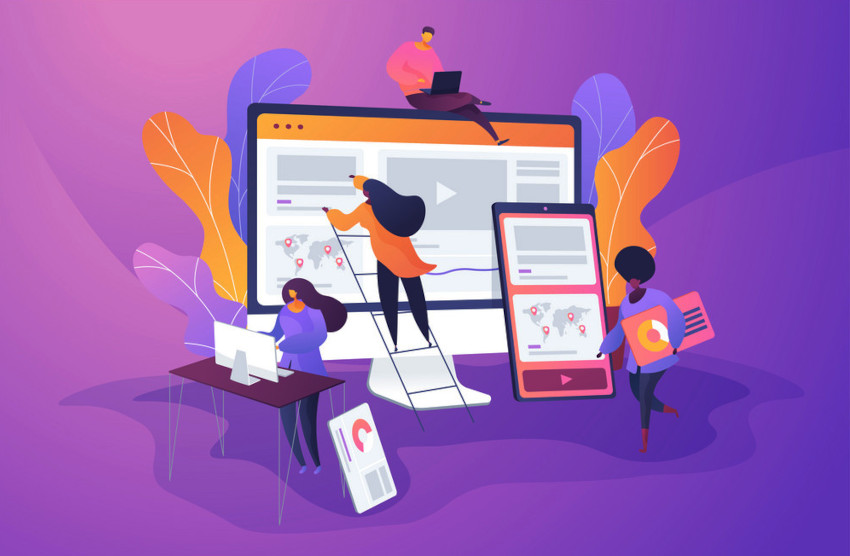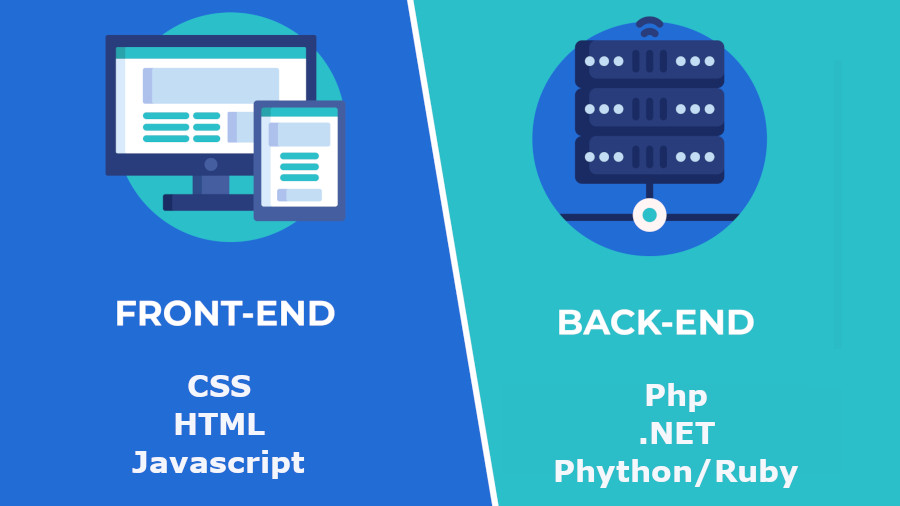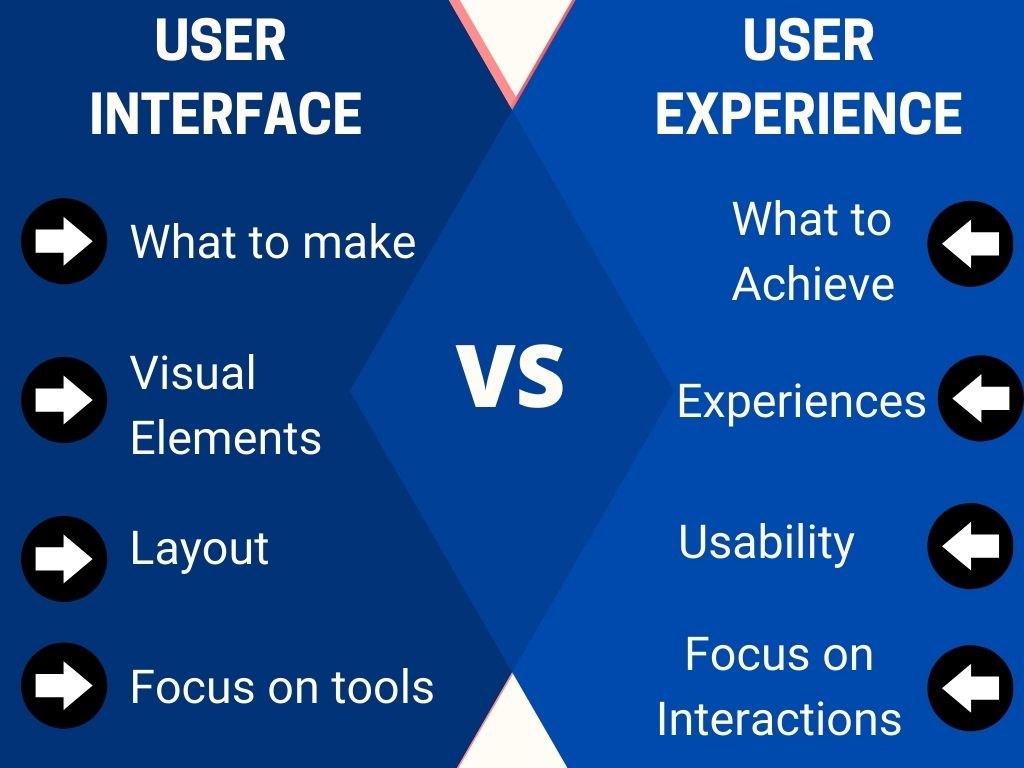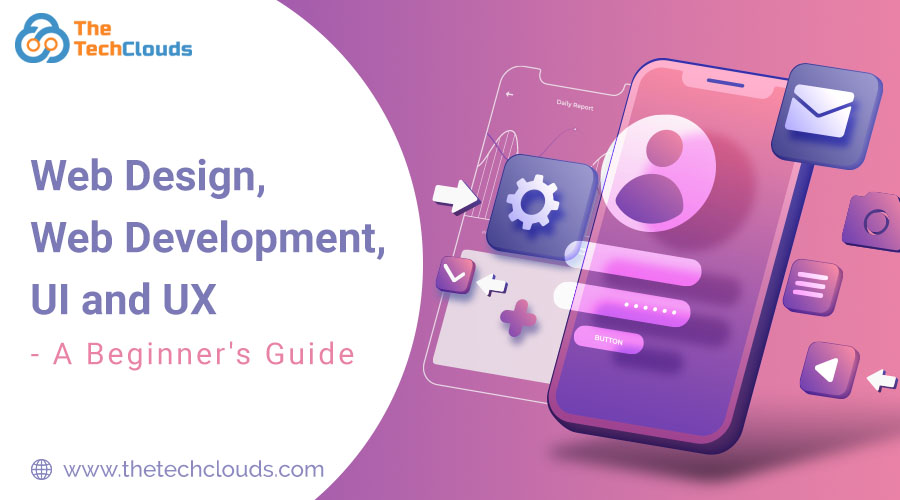Website redesign What distinguishes web design from web development? And how do UI and UX compare? What does each division represent? Why are acronyms so prevalent? Techies want everyone to be user-friendly, right?
The nomenclature of the technology sector can feel similar to having to listen to a different tongue if you're unfamiliar with getting a site made, but most foreign languages have rhyming patterns and reason.
However, every company should work with a web expert at some point; if you want a web presence, you might need a translator.
That is the purpose of this article. The four most frequently used confusing terms in tech today—UI vs UX design, web design, and web development—are explained and broken down in this article if you're obtaining your first website design or simply want to comprehend the sector better.
You will understand not just what each field entails after having read this, and also which one your company should concentrate on the most.
Before we continue, let's clear up any confusion you may have by providing some context and basic definitions:
Web design is a broad term that includes everything that has to do with creating a website's aesthetics and functionality. Web design services encompass many different disciplines, including UI and UX design.

The technical portion of creating a website that focuses on code is called web development. Front-end and back-end web development are further separated, as will be described below.
The limits that individuals use to interact with a website or app, such as button showcases and gesture controls, are referred to as the user interface (UI).
User Experience (UX) is another area of expertise in web design that focuses on how users behave and feel while using a website or mobile application. Many other regions are included in UX design, but they are seen from the user's point of view.
As you can see, there is a tone of crossover and none of these regions are just. UI design impacts UX design, and web development supports them all.
Web design and development are just two aspects of the same coin. It's more important to understand how each field approaches the same task from a different perspective rather than which pastures manage which tasks.
Consider loading times, which are a common issue for all websites. How do the loading times for each field differ?
Web Design
If a page loads slowly, it probably has too much or too complicated content. Image files may be compressed, assets may be modified and re-exported, and pages may be edited to remove extraneous material.
Web development
To depend on making load faster, we can use CSS sprites to save bandwidth, better file compression to decrease the file sizes of the subject matter, or a content delivery network to accelerate page load time in particular geographic areas.
UI
Controls must respond as quickly as possible, so the interface must be straightforward enough to allow for immediate interactive elements.
UX
Before attempting to address the issue site-wide, we should prioritize lowering the load time on the home and landing pages. Every second of loading time increases the chance that a user will "bounce," or end up leaving your site after only a few seconds.
To ensure that your website is being reviewed by a professional web design service from all perspectives, in an ideal world you would hire a specialist or a group of experts for each of these fields.
Budgetary restrictions, however, frequently force individuals to select one field over another or hire independent contractors on a project-by-project basis.

Two Main Categories For Web Development:
Front-end (also known as client-side)
: The code used to display an app or a website on a screen. Utilizing computer languages such as HTML, CSS, and JavaScript, the front-end developer is responsible for making the web designer's vision a reality.
Innately, not everything that the designer had in mind could be accomplished, so the front-end developer and the creative director frequently exchange ideas.
Back-end (also known as server-side)
The "front-end" accesses a server-hosted digital system of resources. The back-end developer is in charge of managing these background resources, coding the data in the database, and streamlining the delivery of that data. Languages like PHP, Ruby, Python, Java, or.Net are employed.
An individual who is capable of both front-end and back-end development is known as a full-stack developer.
For startup companies that can't really afford over one hire, they can occasionally be a wise choice, but in an ideal world, you need a whole group of developers with a variety of specialties who are well informed of modern website designs.
User Interface
We can now start debating the more specialized fields, beginning with user interface design, after defining web design and development.
Everyone uses user interfaces (UIs) without giving them much thought; for instance, you do not need to be aware of the origins of the hamburger icon to understand that the button with three lines represents your menu.
And if their tasks are carried out well, you should just not notice them, which is a guiding principle in the majority of web fields of design.
The user doesn't need to think about using a functionality that is truly straightforward, which is most common in UI design.

User Experience
From the user's point of view, UX is similar to the field of website design in several ways. How does the design of a web page impact the user?
What impact does the UI have on the user? UX becomes much more systematic as you progress, such as "how do we create a page that makes the user want to sign up?"
User interface (UX) UX shares many similarities with website design from the user's perspective. What effects does a web page's design have on the user? What effect does the user interface (UI) have?
As you advance, UX becomes more methodical, such as "how do we develop a page that makes the user want to sign up?"
That's the exact reason why hiring a single UX specialist from an affordable web design company frees up the rest of the team from a number of other duties, which is how UX evolved into a distinct discipline.
What about Template sites?
The majority of the rules are followed by template sites with a few notable exceptions:
You will not have to worry as much about backend development if you use a template site.
UI options on template sites are typically constrained and fixed.
Verify that the developers have expertise with the platform where yours is hosted. Being proficient with WordPress does not imply proficiency with Squarespace.
Using a template site is equivalent to utilizing any other site, with those few exceptions. Choose your designers based on your top priorities.

Conclusion
Wondering what distinguishes web design from web development? And how do UI and UX compare? And a lot many questions that you might have are all answered in this piece. To know more, read on!
Also, get The Tech Clouds' UI/UX design solutions to create intuitive, visually appealing, and robust digital interfaces that enhance user experiences. Wait no longer, Let's get started with TTC.


